A Brief Review of the Nikon COOLPIX P950 Camera
Nikon drops new firmware for the COOLPIX P950 camera
Updated 11/09/2025: A few new photos uploaded at the end of this article.
Search all of Robert G Allen Photography articles:
Sample Nikon COOLPIX P950 photo
If you had told me years ago that I would be taking closeup photos of birds and airplanes with a Nikon COOLPIX, Nikon’s line of point and shoot cameras, I would have said you were crazy. However, here we are in 2024 and that’s exactly what I have been doing. More specifically, I have been putting the Nikon COOLPIX P950 through its paces.
One project that has been on my list is to try one of Nikon’s super zooms within their COOLPIX line of cameras.
Nikon COOLPIX P950 Camera Review Photos
I had my eye on the P900 when it came out but the one thing that held me back was the lack of an option to shoot in RAW mode. When the P1000 came out, I tried it but found the auto focus not reliable compared to the P950 and due to its 3000mm equivalent focal length, I found it very difficult to find and frame the subject in the viewfinder. When the P950 was announced, I thought it was the perfect goldilocks compromise, larger than the P900, smaller than the P1000 and with RAW shooting as a bonus!
Nikon COOLPIX P950 Camera Review Photos
I won’t repeat the specs of the COOLPIX P950 here, there are only a few million other places on the web to obtain all the specs you would want for this 16 megapixel, 2000mm equivalent zoom camera with a 5.6 crop factor when compared to full frame sensors. What I want to share is my experience using the camera and a few sample photos.
All photos have been lightly edited in Lightroom and Capture One. Typical camera settings were P mode and ISO was set to auto with a range of 100-1600. For the most reliable AF, focus was set to center single focus point. All photos were taken handheld. First, let’s show what it’s like going from its widest angle, 24mm to 2000mm in one zoom motion (the crop factor to convert all zoom ranges to 35mm equivalent is 5.63). Very impressive reach at 2000mm as you can see. The silent shutter comes in handy when photographing wildlife. The sleepy owl just sat there while I took my shots.
Nikon COOLPIX P950 Camera Review Photos
Nikon COOLPIX P950 Camera Review Photos
Here’s another example, going from 24mm to 1500mm.
Nikon COOLPIX P950 Camera Review Photos
Nikon COOLPIX P950 Camera Review Photos
One thing to keep in mind and that other reviewers don’t mention very often. When shooting at 24mm, it pushes the scene out further from the camera (as many landscape photographers know), making it look farther away in the photo versus what it looked like in real life. I’m not saying this to diminish the impressive camera’s zoom range, but only to say that at its widest angle of view at 24mm to zooming in to 1500mm, the difference in real life is not as dramatic as it appears in these sample photos.
One consequence of shooting at such extreme telephoto distances is that as the atmosphere warms up during the day, you start to get heatwaves in your shots. As one of the photos below illustrates, the camera has locked focus and is doing its job on this plane during final approach, no complaints. However, if you look at the wings closely, you can see that they appear wavy along the edges. There’s not much you can do about this other than shoot earlier in the day when it’s cooler out. The heatwaves became worse as the day progressed, and I had to stop shooting after a while. Heatwaves were only an issue when shooting telephoto long distances. Closer subjects did not have this problem, even when zoomed in at 2000mm.
Nikon COOLPIX P950 Camera Review Photos
I wanted to see how some of the photos would stand up to printing. I selected these 2 (photos of the prints shot with the Nikon Coolpix A1000) to print on 13x19 Red River Ultra Pro Satin 4.0 paper on my Epson P800 printer. I have no complaints at all! They are sharp, have great colors, and have no noticeable noise. They are both framed and hanging in my gallery at home.
Nikon COOLPIX P950 Camera Review Photos
Conclusion:
I have to be honest; I haven’t touched my D850 with my 500mm PF or the 200-500mm since I purchased the P950. The camera is somewhat addicting once you start using it. You just can’t get as close with a DSLR or mirrorless camera as you can with the P950 (or the P1000 for that matter). It reminds me of the classic scene in Raiders of the Lost Arc where a man pulls out a sword (imagine a Nikon camera with the 800mm f/6.3 Z lens as the sword) and swings it around, threatening to kill Indiana Jones. Then, Indiana Jones pulls out a gun (the P950) and shoots him dead.
However, there are limitations to consider. Because the sensor size is exceedingly small, you will run into image quality challenges in some situations. Anything above ISO 1600 starts to lose detail, even when shooting in RAW. If you keep your ISO at or below 1600, you should be OK. Another challenge is that the lens is overly sensitive to flare. If the lens is even remotely pointed in the direction of the sun, your images will be washed out. The P950 comes with a lens hood and it should always be used. Also, the blackout time while shooting is lengthy. I recommend that once you have your subject in the frame and you have locked focus, just spray and prey because you really won’t know what you have until you review your sequence of shots later in post. Another recommendation is to have the exposure compensation dialed in with a negative .3 or .7 of a stop due to the fact that the raw files do not protect highlights very well.
Overall, I highly recommend the Nikon P950 camera for what it’s intended for, zooming in on faraway subjects. If your subject is in good light, and you make sure AF is locked on and have your exposure reduced with some negative exposure compensation, you will be rewarded with photos that are perfectly acceptable for website use, social media and even for making prints to frame and hang in your home.
And last but not least, here is Nikon’s take on the P950:
Nikon P950 Product tour video
Here are some additional sample Nikon Coolpix P950 photos:
Nikon COOLPIX P950 Camera Review Photos
Nikon COOLPIX P950 Camera Review Photos
Nikon COOLPIX P950 Camera Review Photos
Nikon COOLPIX P950 Camera Review Photos
Nikon COOLPIX P950 Camera Review Photos
Nikon COOLPIX P950 Camera Review Photos
Nikon COOLPIX P950 Camera Review Photos
Nikon COOLPIX P950 Camera Review Photos
Nikon COOLPIX P950 Camera Review Photos
Nikon COOLPIX P950 Camera Review Photos
Nikon COOLPIX P950 Camera Review Photos
Nikon COOLPIX P950 Camera Review Photos
Nikon COOLPIX P950 Camera Review Photos
Nikon COOLPIX P950 Camera Review Photos
Nikon COOLPIX P950 Camera Review Photos
Nikon COOLPIX P950 Camera Review Photos
Nikon COOLPIX P950 Camera Review Photos
Nikon COOLPIX P950 Camera Review Photos
Nikon COOLPIX P950 Camera Review Photos
Nikon COOLPIX P950 Camera Review Photos
Nikon COOLPIX P950 Camera Review Photos
Nikon COOLPIX P950 Camera Review Photos
Nikon COOLPIX P950 Camera Review Photos
Nikon COOLPIX P950 Camera Review Photos
Nikon COOLPIX P950 Camera Review Photos
Nikon COOLPIX P950 Camera Review Photos
Nikon COOLPIX P950 Camera Review Photos
Nikon COOLPIX P950 Camera Review Photos
Nikon COOLPIX P950 Camera Review Photos
Nikon COOLPIX P950 Camera Review Photos
Nikon COOLPIX P950 Camera Review Photos
Nikon COOLPIX P950 Camera Review Photos
Nikon COOLPIX P950 Camera Review Photos
Nikon COOLPIX P950 Camera Review Photos
Sample Nikon COOLPIX P950 photo
Sample Nikon COOLPIX P950 photo
Sample Nikon COOLPIX P950 photo
Sample Nikon COOLPIX P950 photo
Sample Nikon COOLPIX P950 photo
Sample Nikon COOLPIX P950 photo
Sample Nikon COOLPIX P950 photo
Sample Nikon COOLPIX P950 photo
Sample Nikon COOLPIX P950 photo
Sample Nikon COOLPIX P950 photo
Sample Nikon COOLPIX P950 photo
Sample Nikon COOLPIX P950 photo
Sample Nikon COOLPIX P950 photo
Sample Nikon COOLPIX P950 photo
Let me know in the comments below if you have any questions or would like to share some thoughts on the photos in this review (no sign-in required to leave a comment).








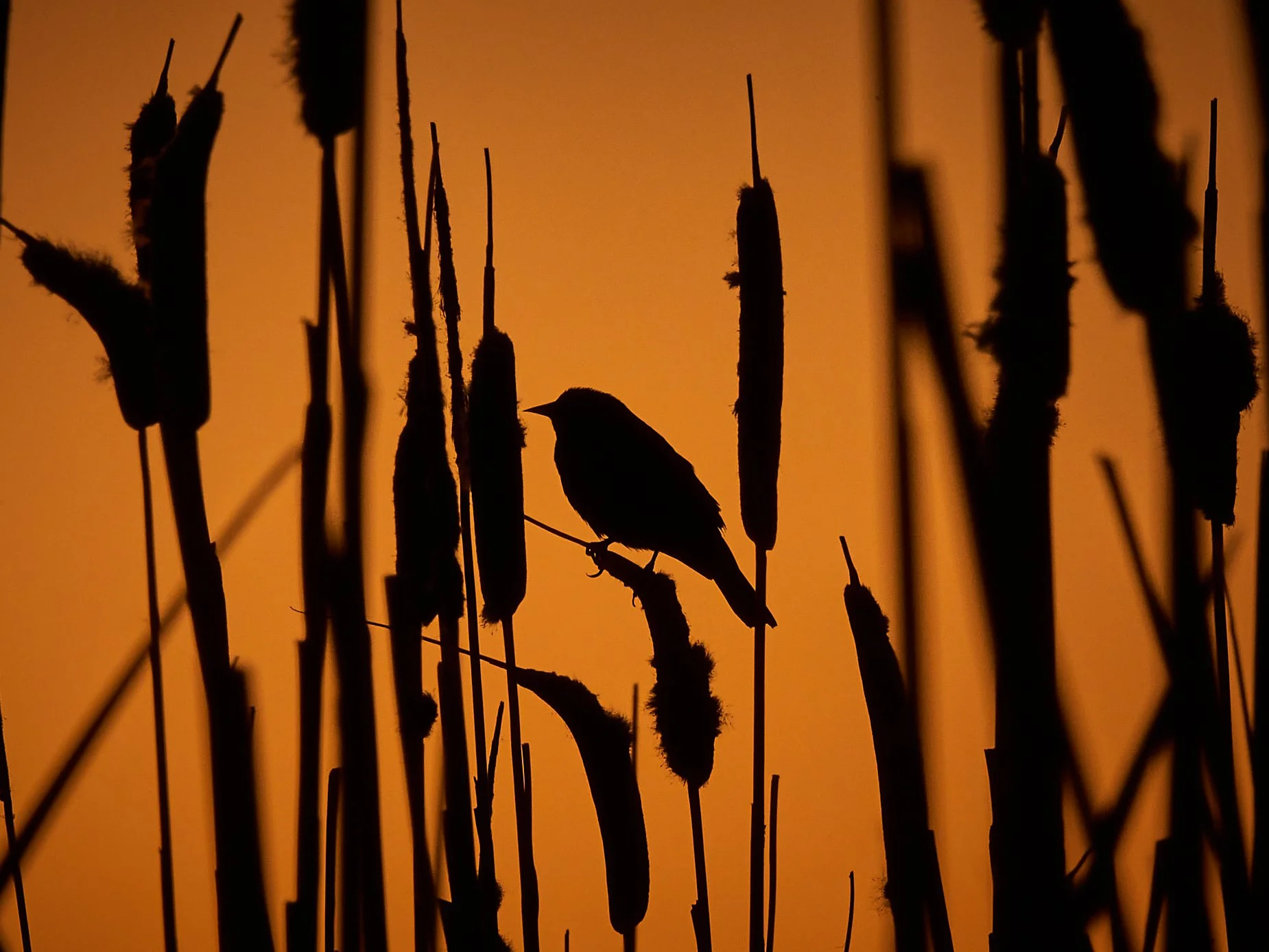



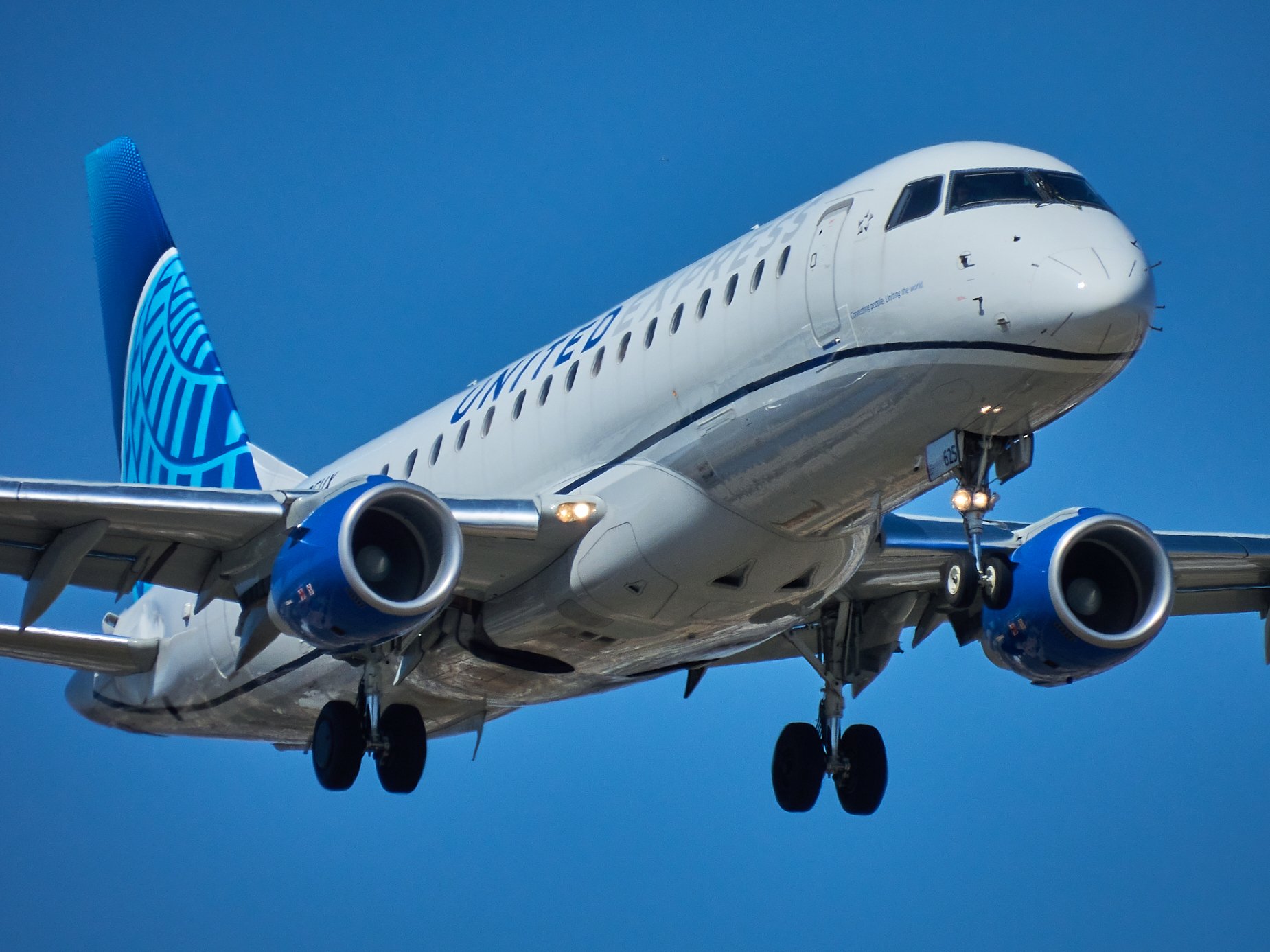





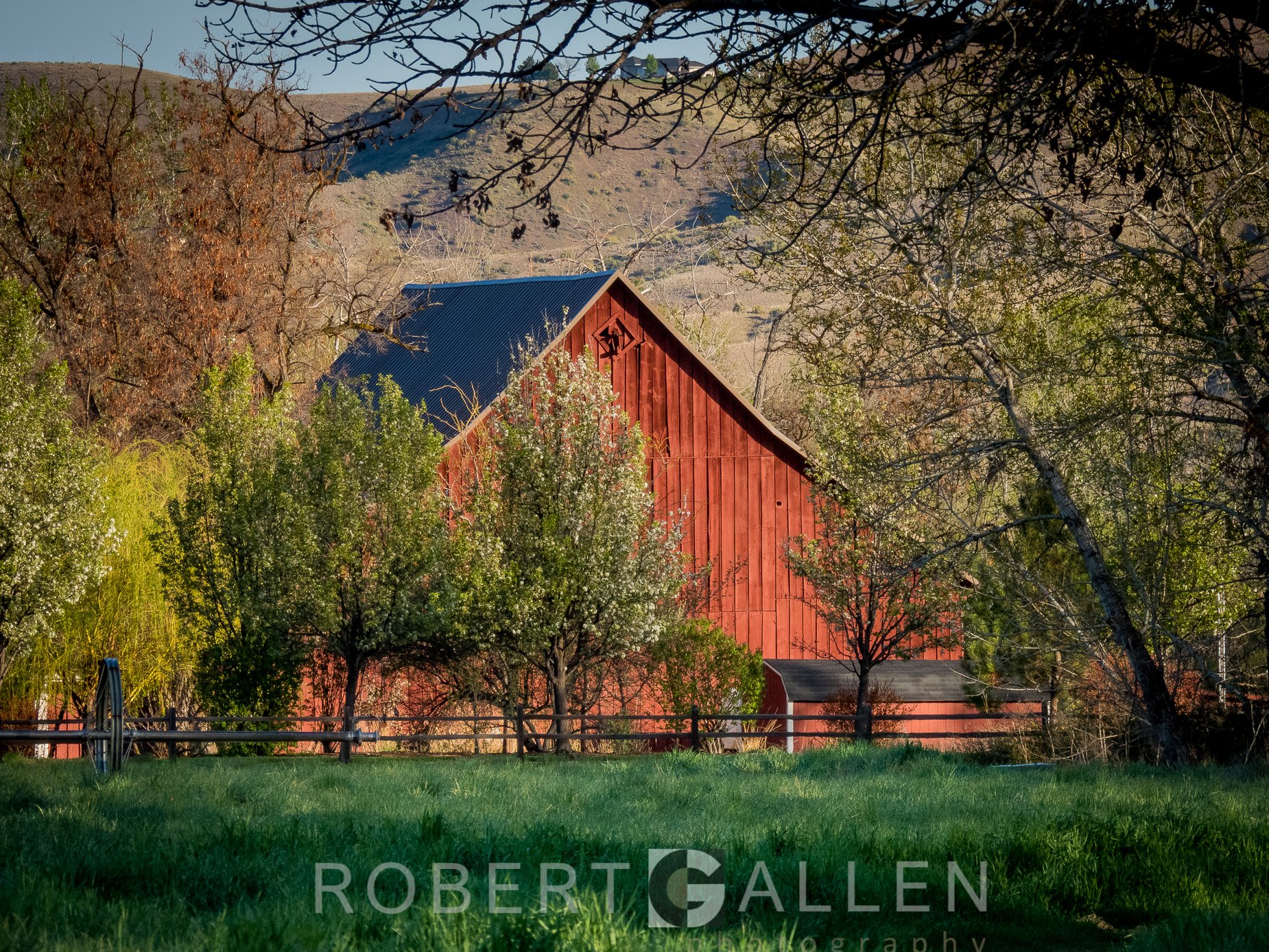




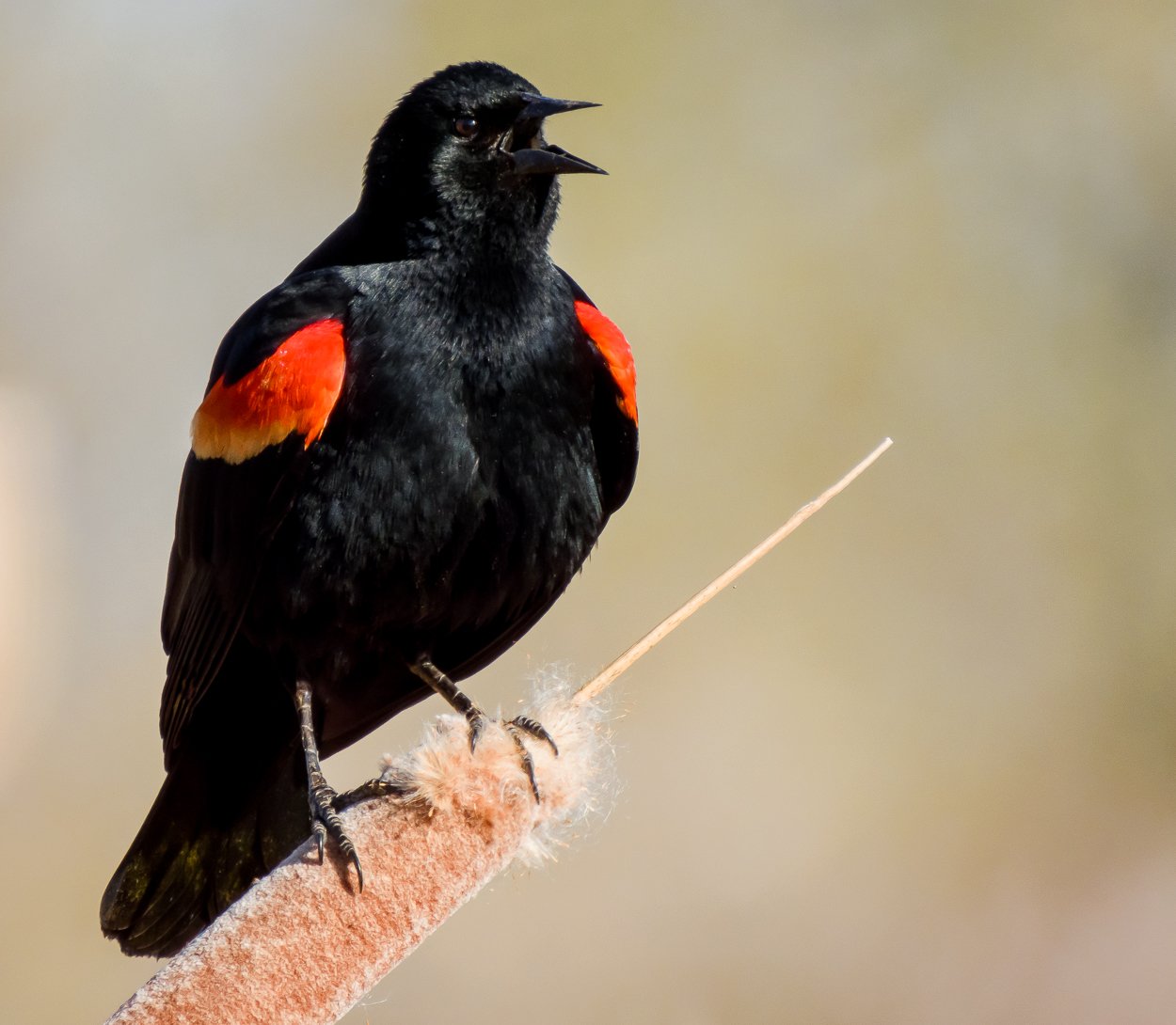


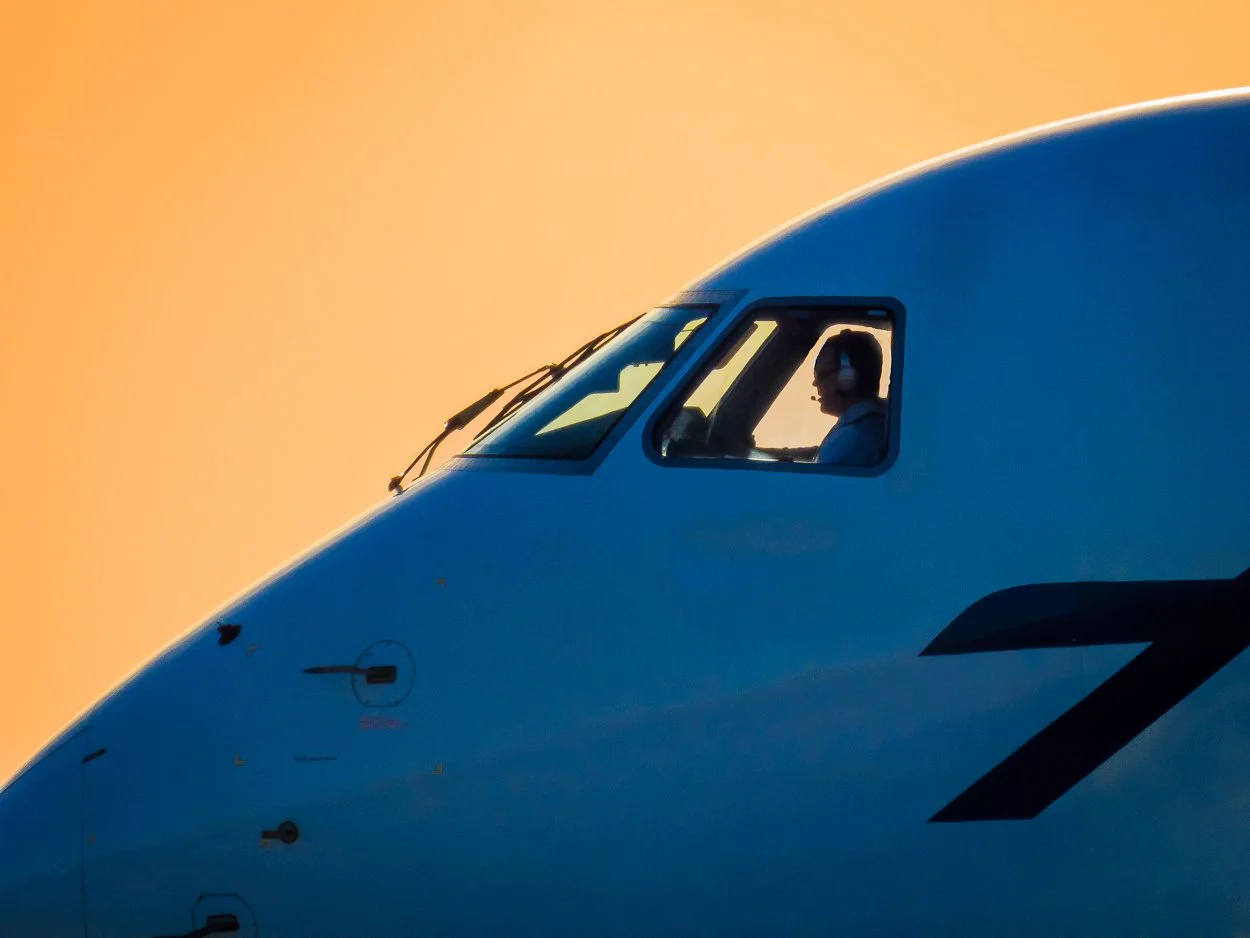
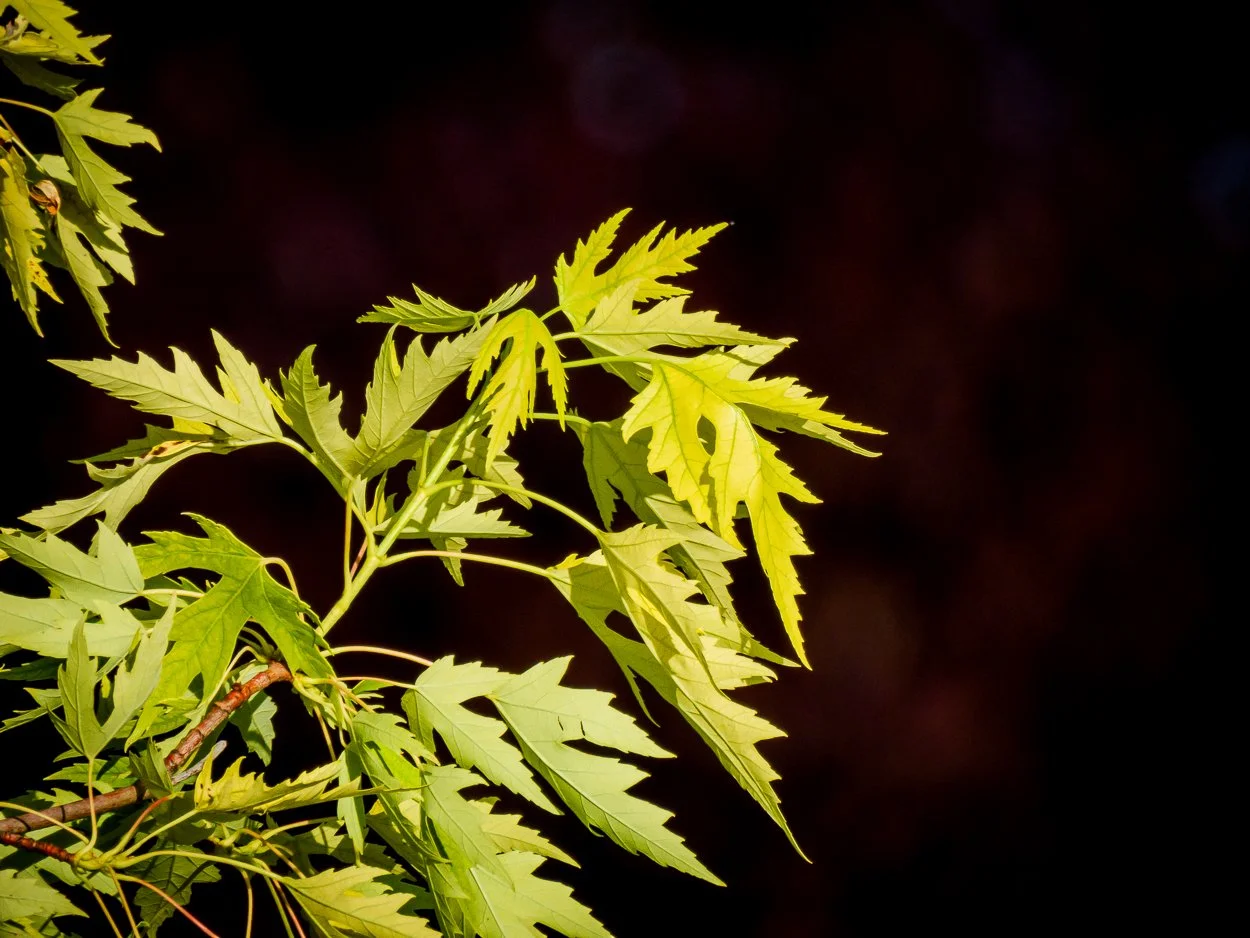
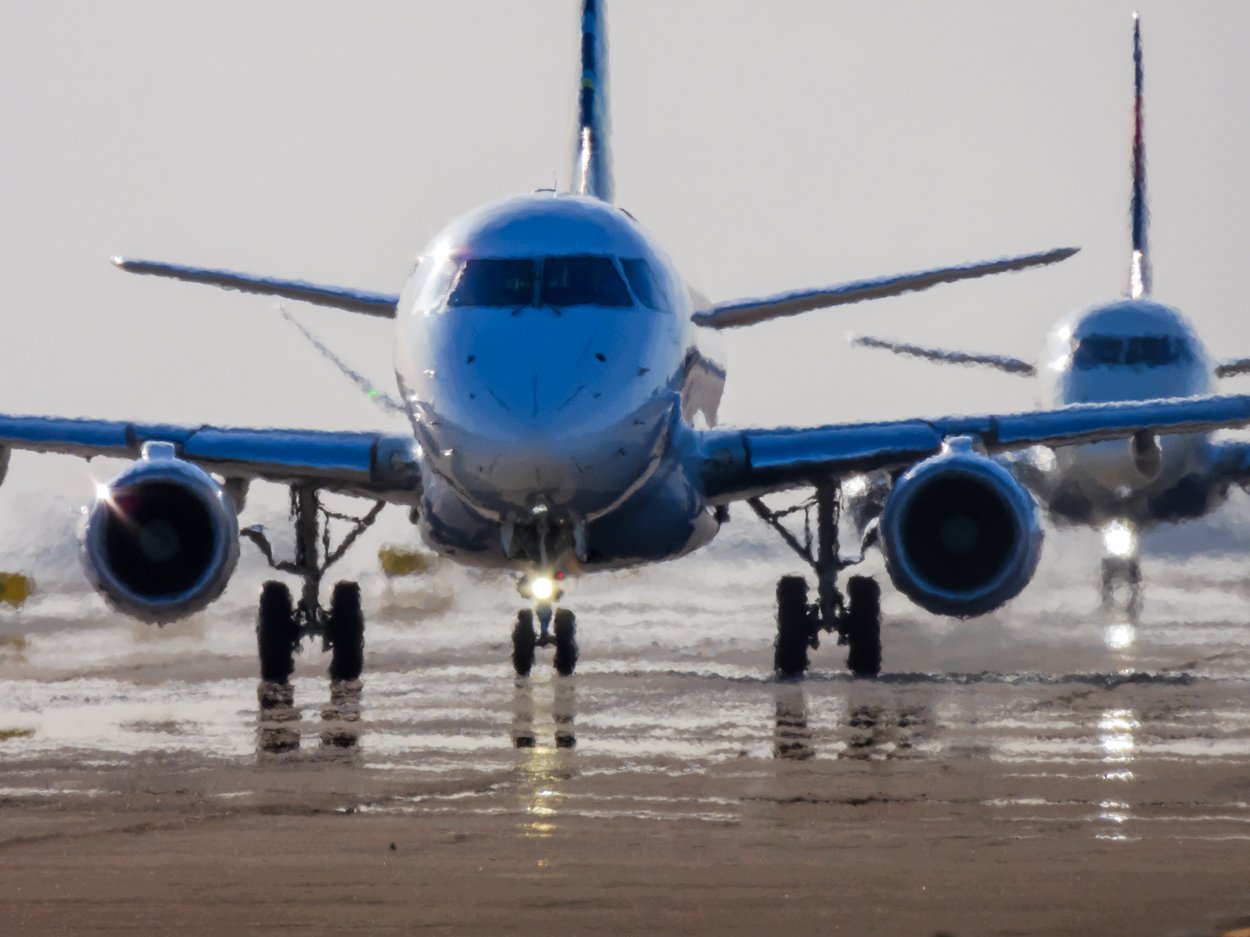

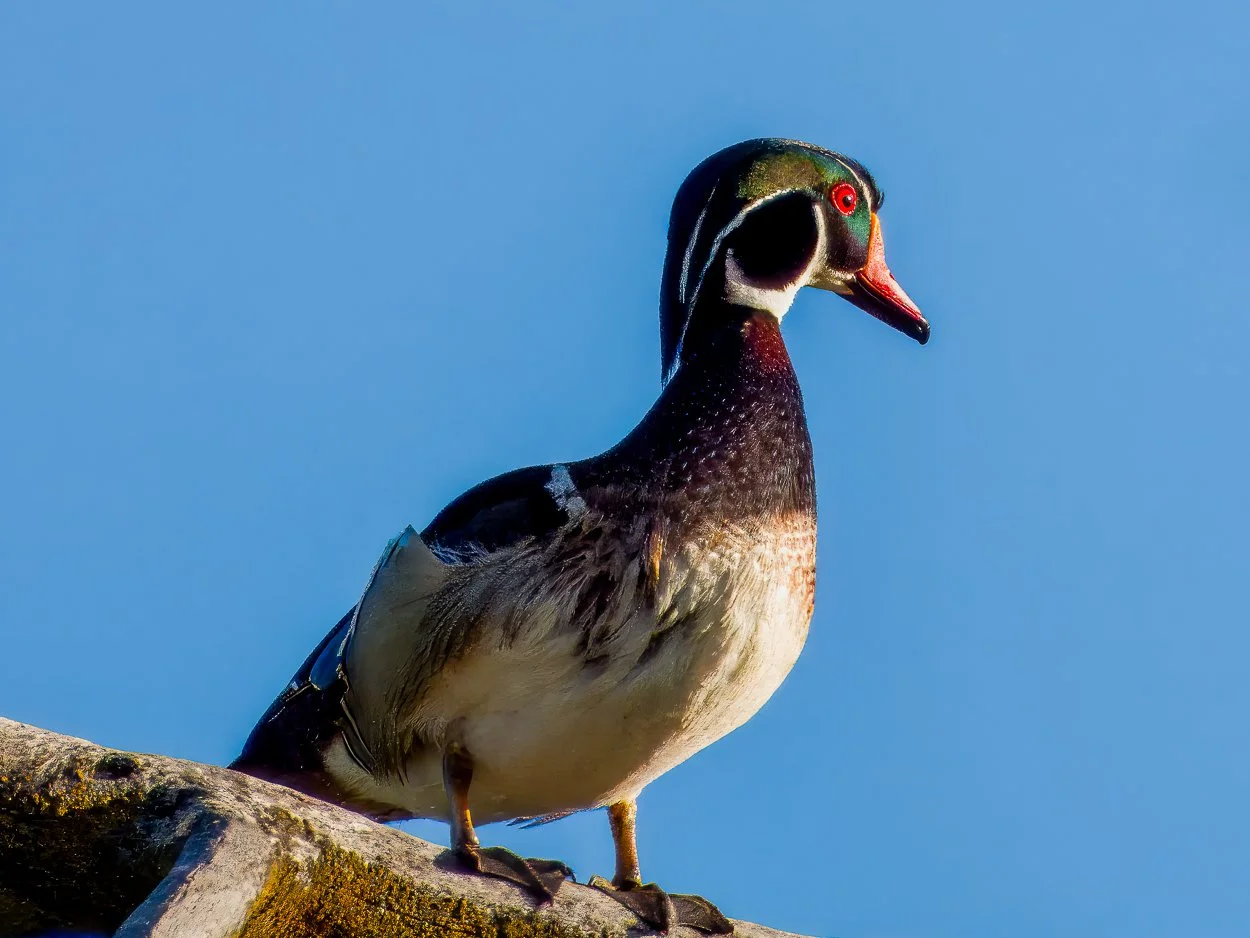
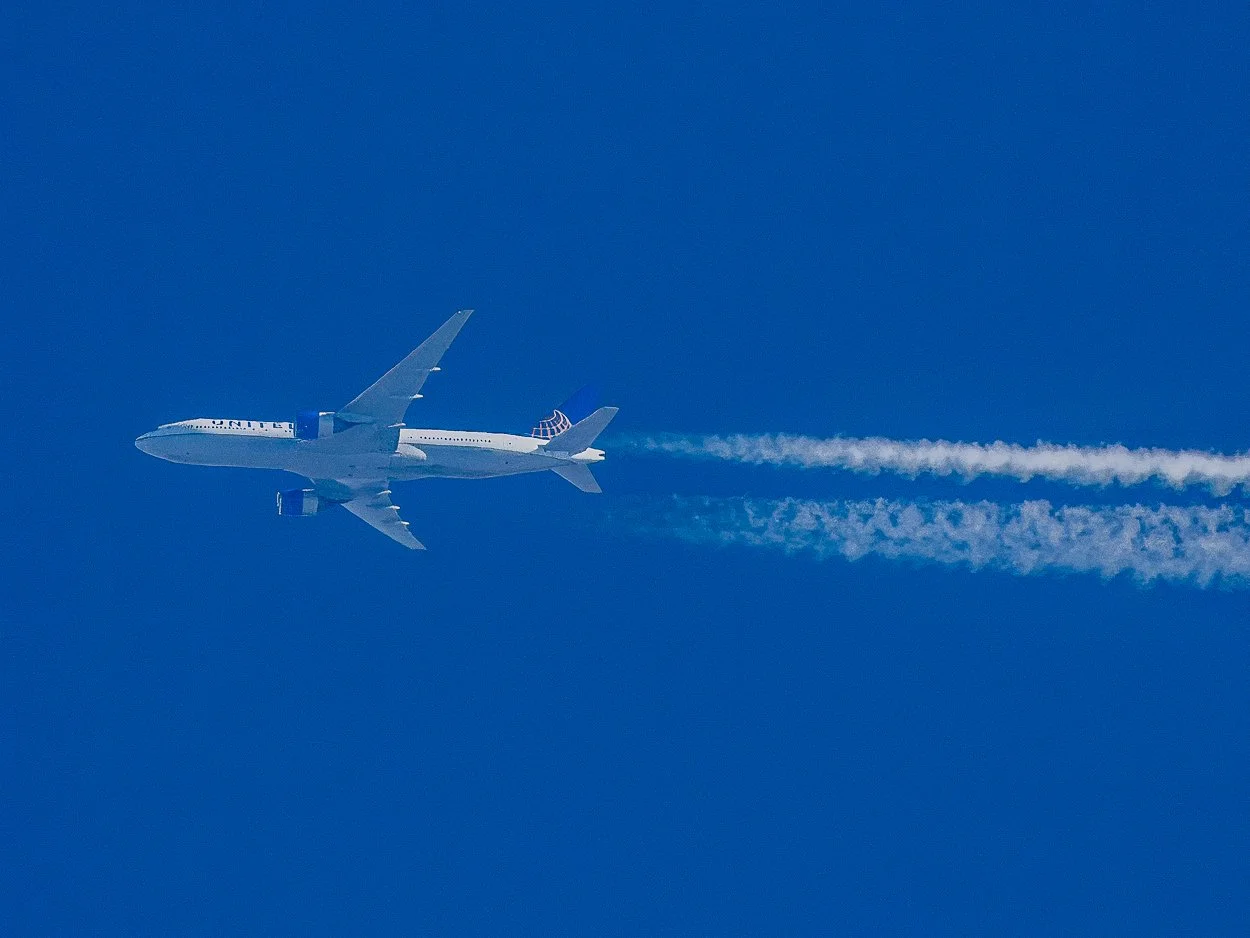

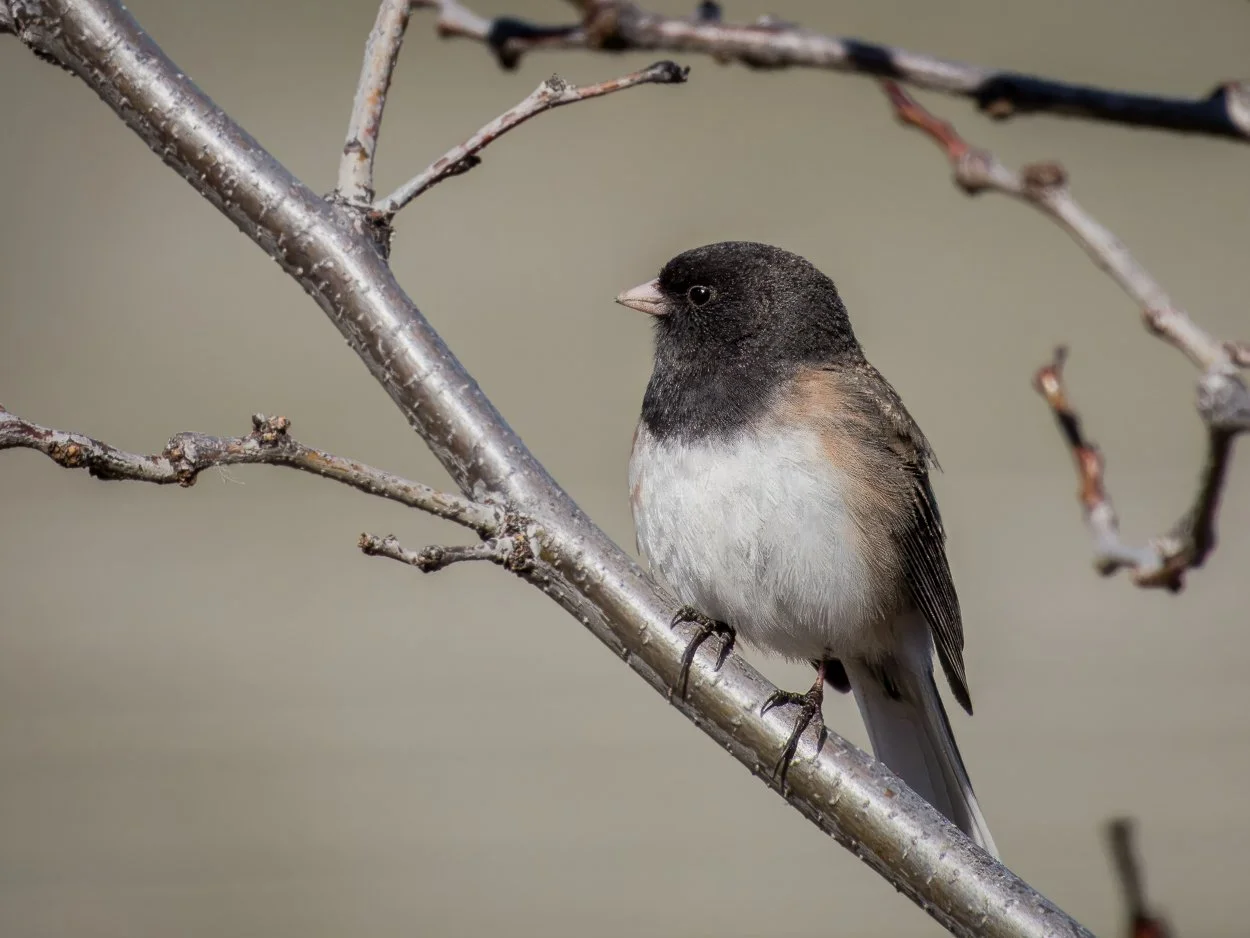





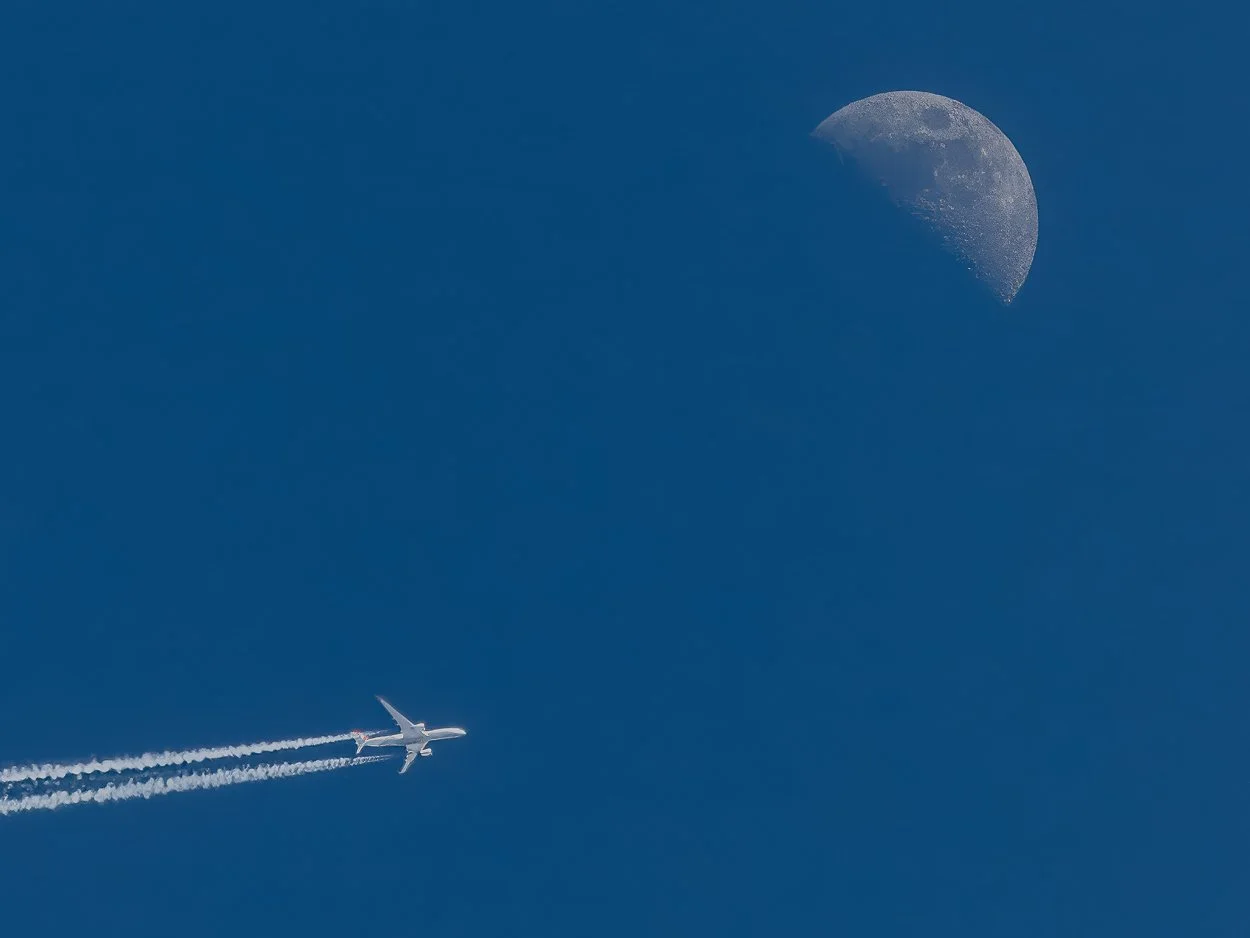
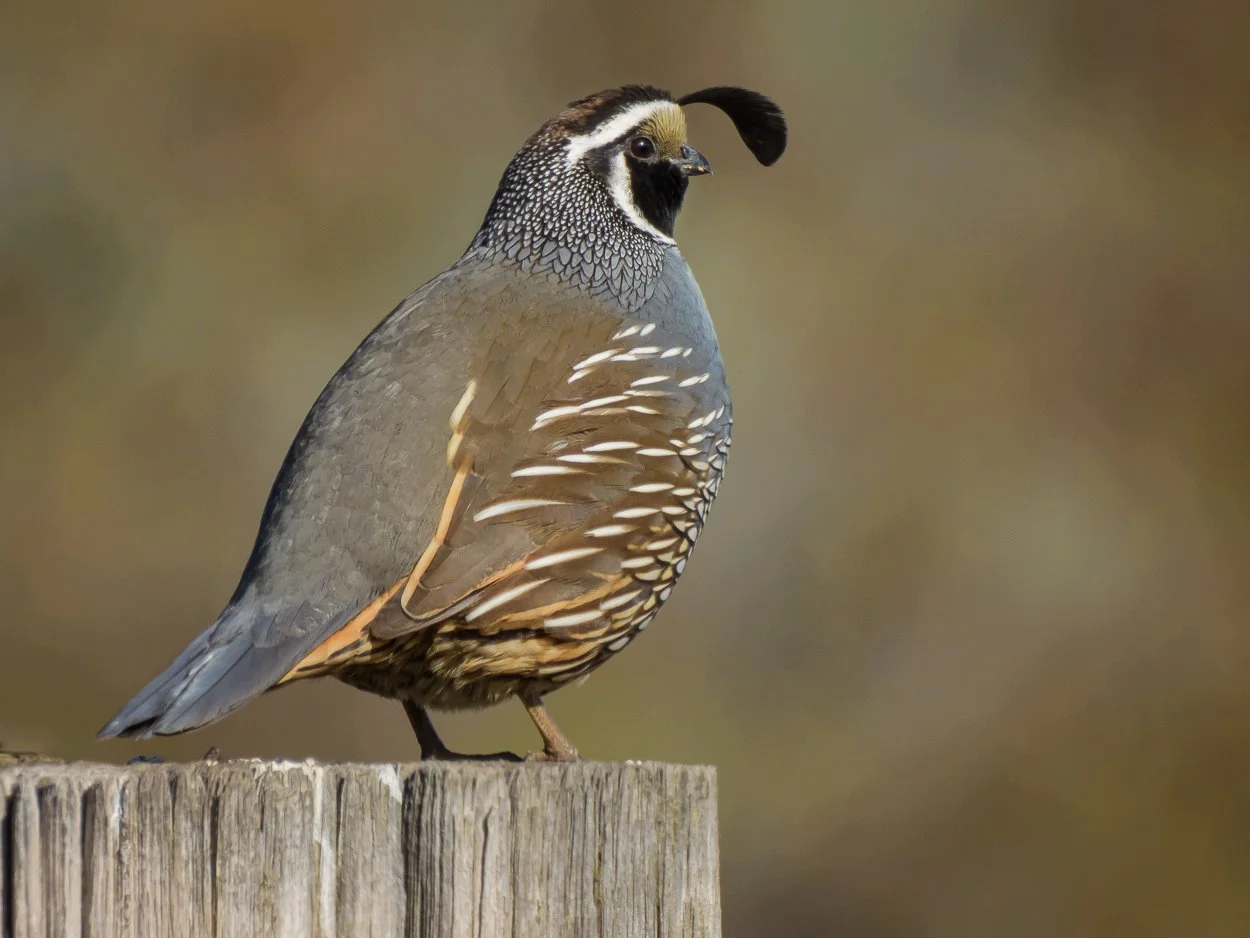




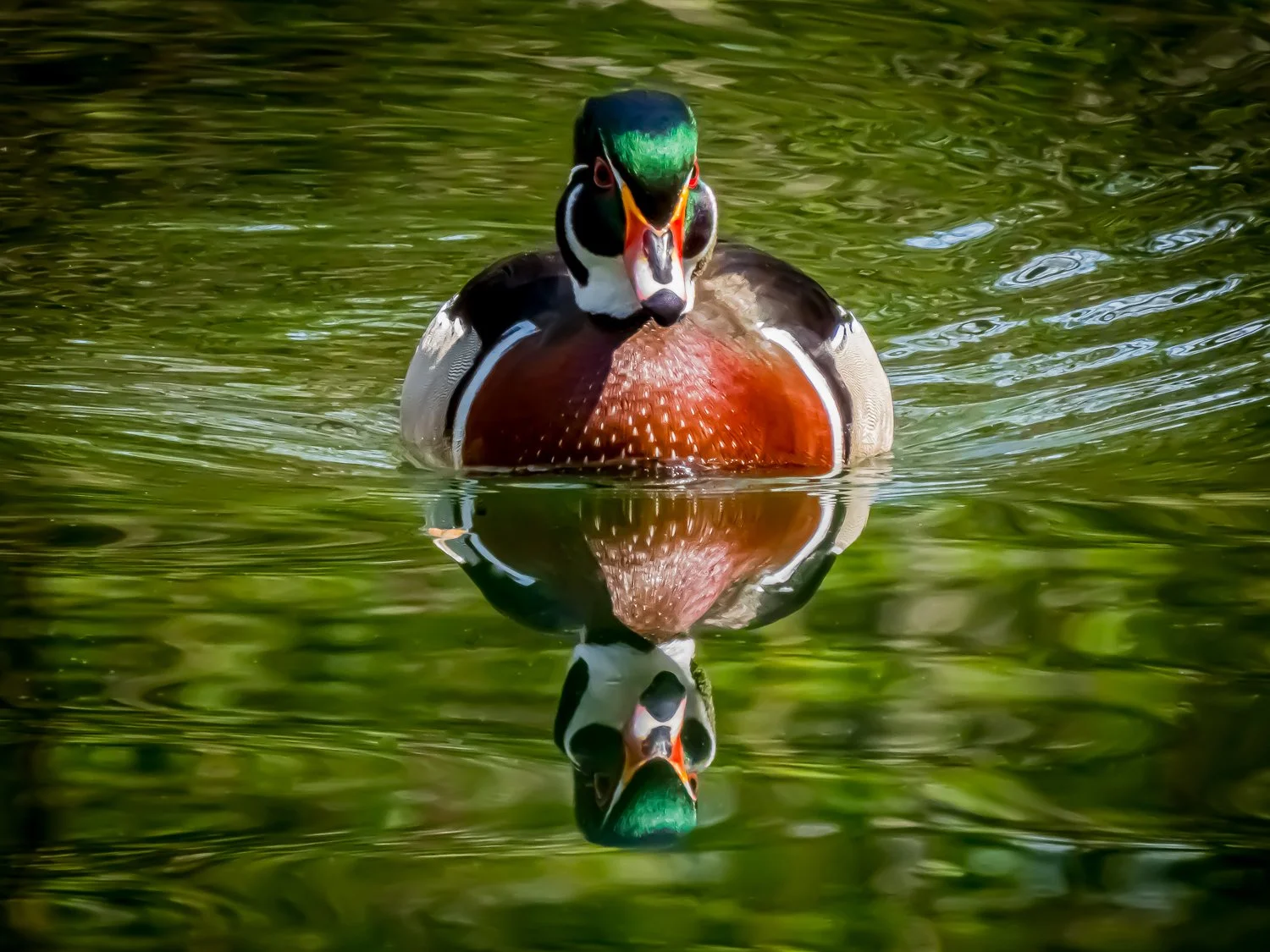

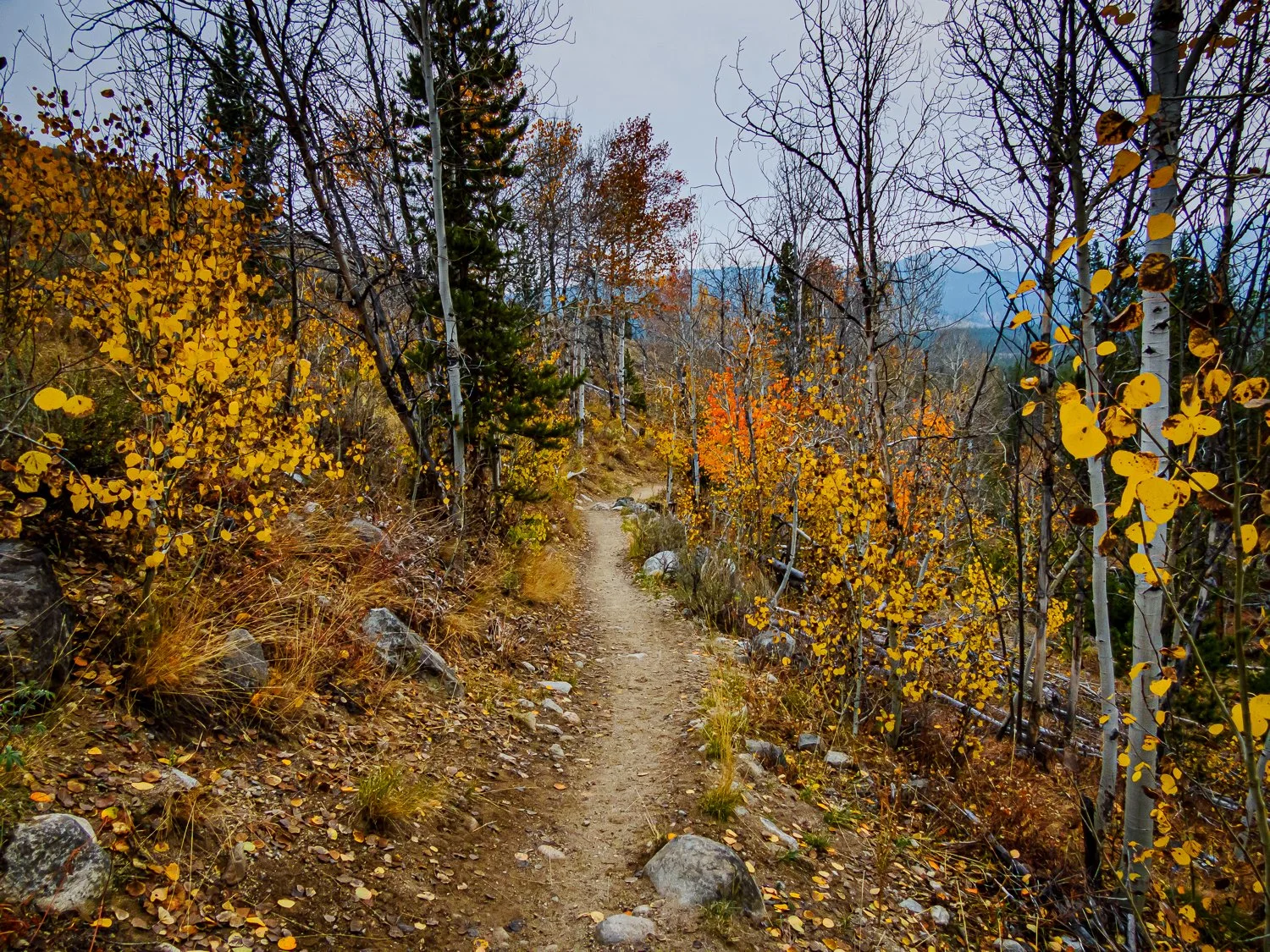


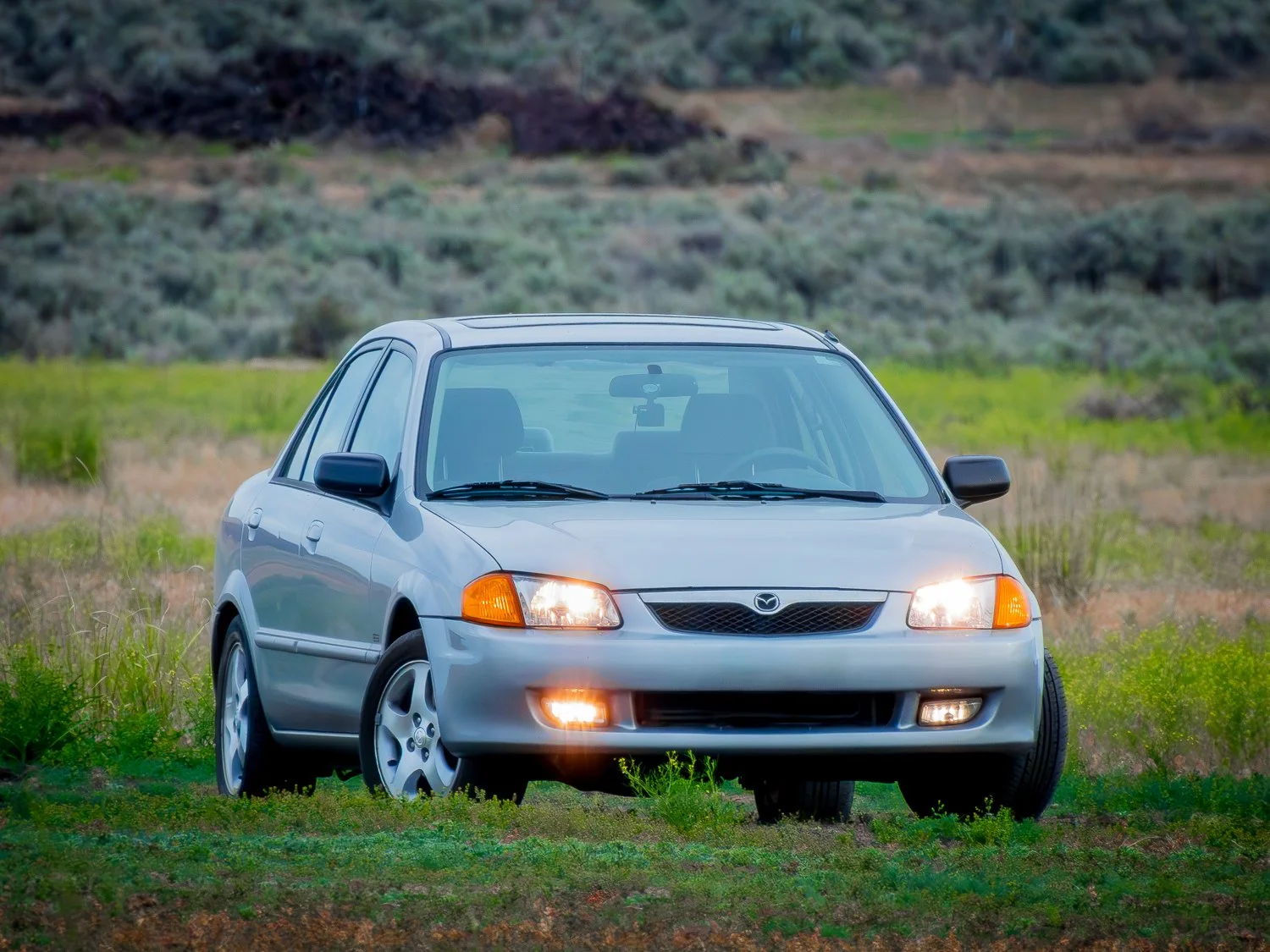


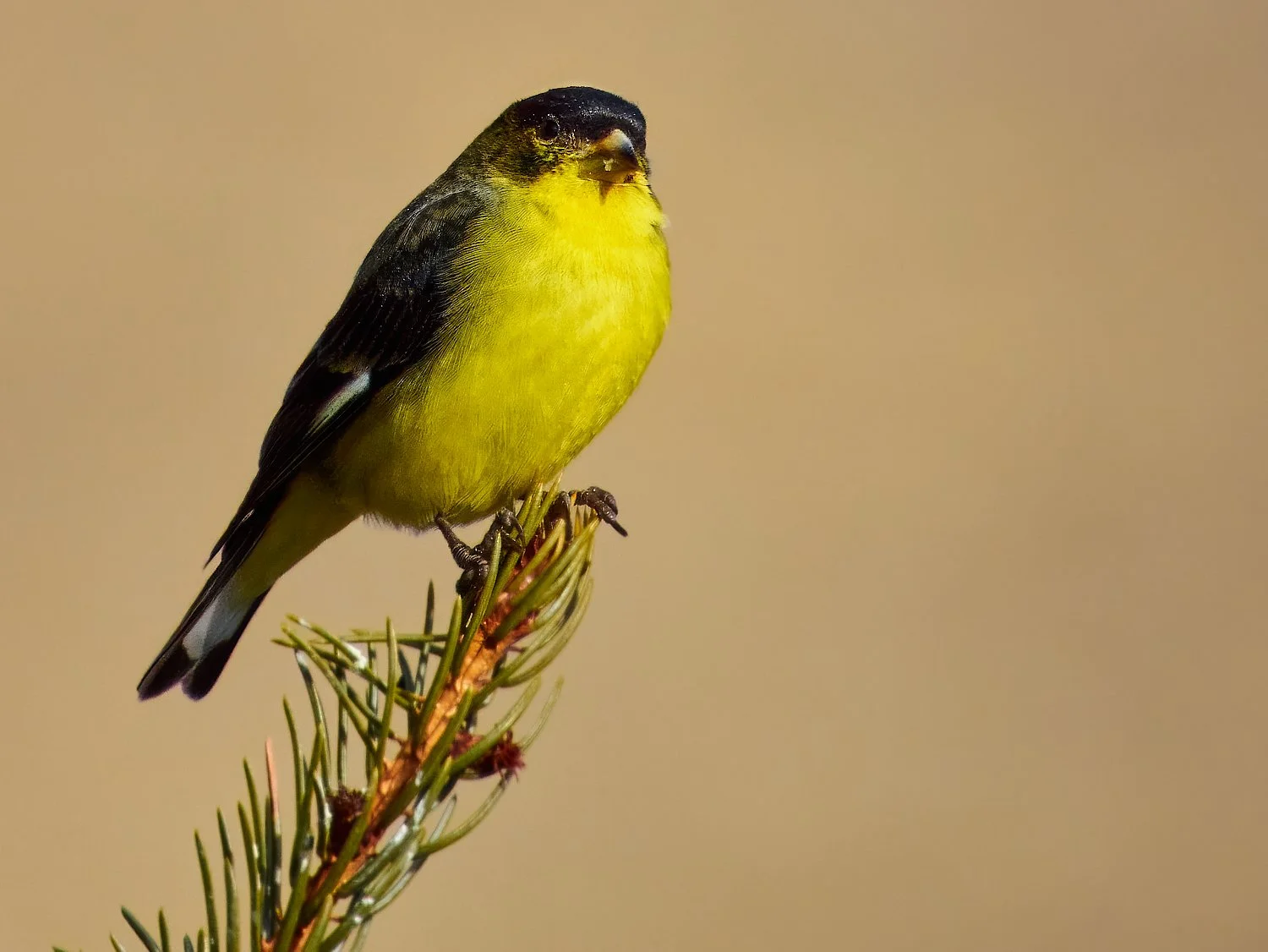

















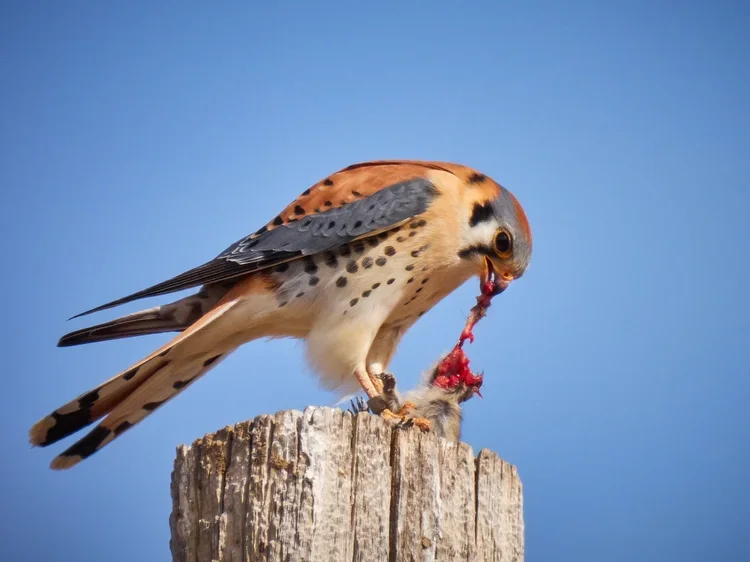
Nikon just posted another Ambassador on Ambassador interview. This time with Rod Mar and Joe McNally. Enjoy!